What Is the Japanese Word for Evil
The meanings and perceptions of colors are a cultural construct that can reflect a country's history and beliefs. Read on to discover the interesting historical background and some unusual facts for some important colors in Japanese culture.
Green and Blue Used to Be the Same Word
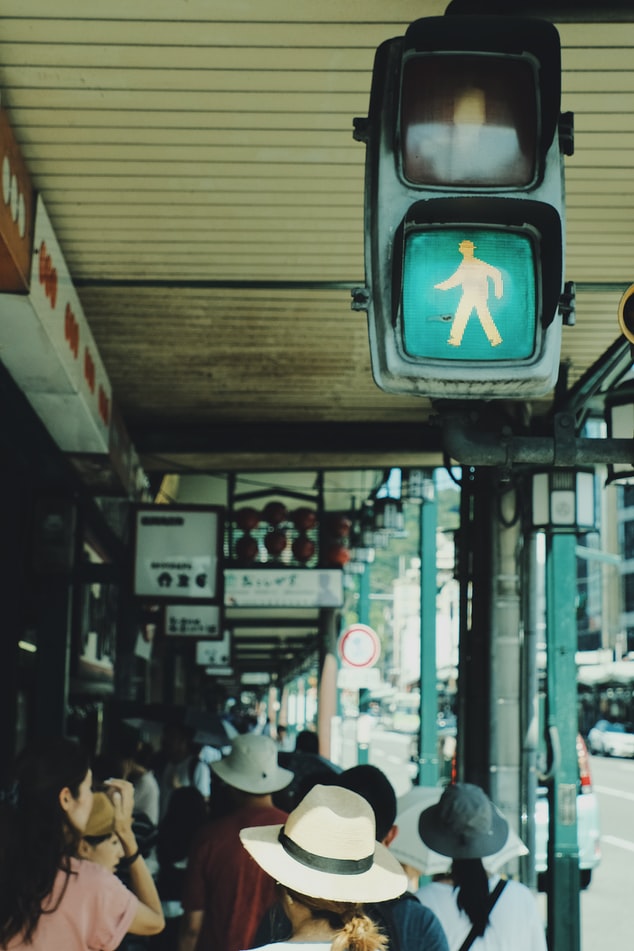
Today this word means blue, but for a very long time the word ao (青) was used to describe both the blue and green colors, and there was no difference between them culturally. Later the word midori (緑) was more widely used to say green, but the use of ao to describe the green color is still reflected today in Japanese vocabulary. Take, for example, aoba (green leaves) or aoume (green plums). This is also why in Japanese green traffic lights are called ao shingo (literally, "blue signal").
Like in most cultures, the color green is usually associated with nature and a sense of peace and calm.
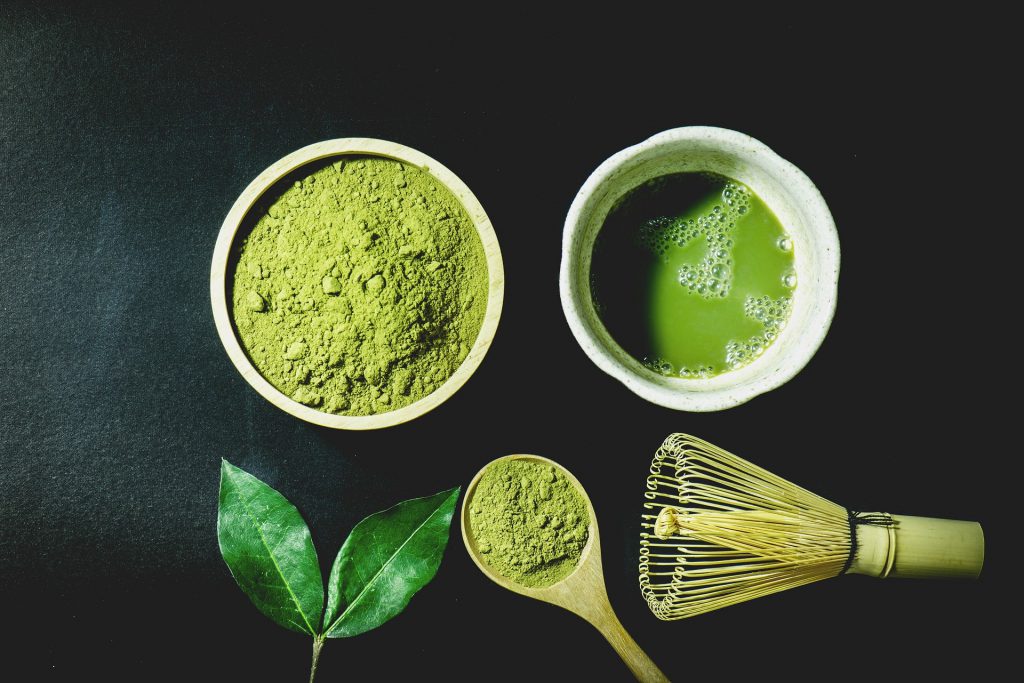
One of the most traditional hues of green in the Japanese tradition is called matcha iro, literally the color of matcha green tea. Since the 13th century, the Japanese nobility would enjoy tea parties, and in the 15Th century the tea ceremony was born and became highly popular among the samurai. The tea ceremony led to the birth of its own aesthetics and potteries which would be designed in order to admire the color of matcha green tea even more.
Purple Used to Be for the Ruling Class Only
Purple is calledmurasaki (紫) in Japanese.
For a long time in Japan, ordinary people were forbidden to wear purple clothes. The color purple used to be very rarely seen because it was difficult and took time to make. The color of purple used to be very pricey because it needed to be extracted fromshigusa (purple gromwell plant), which is very difficult to grow. It also required a lot of effort to dye using the color purple.
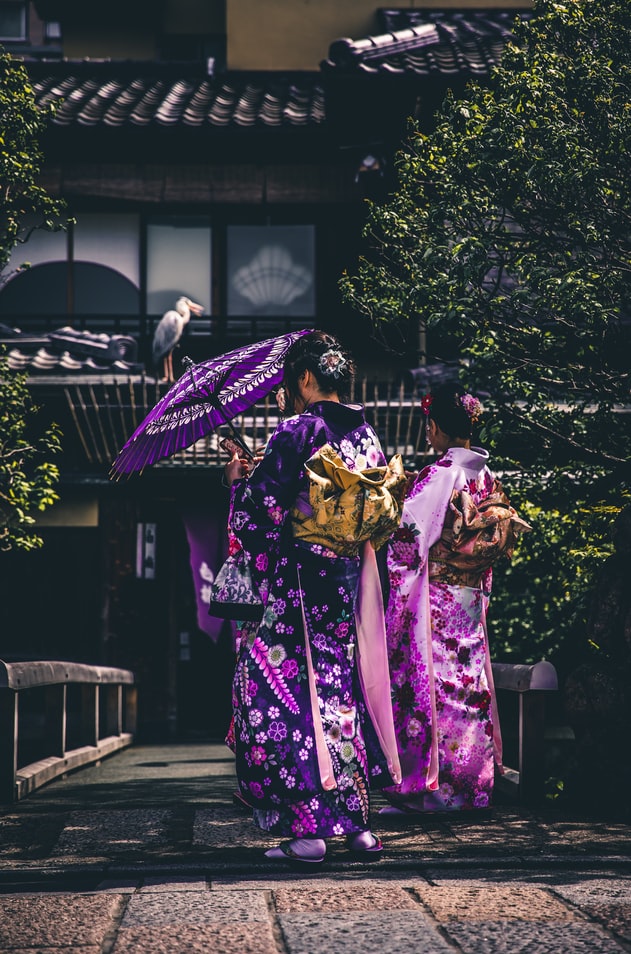
During the Nara period, about 1,400 years ago, only high-level officials and the Imperial Family could wear purple clothes since the year 604, when the twelve levels cap and rank system was enacted in Japan. When Buddhism came to Japan, the monks who had a high level of virtue were also allowed to wear purple. In Noh performances, purple and white are often used for the costumes of the emperor and gods. Other characters did not wear any shade of purple in their costumes.
Coming into the Heian period (794-1185), the color purple was associated with wisteria flowers. During the middle of the Heian period, the Fujiwara officials implemented a regency government. With Fuji meaning wisteria flowers in Japanese, the color purple became a synonym for the ruling class again. During the Edo period (1603-1868), the ruling family was Tokugawa. and its emblem was the mallow flower, so purple remained associated with nobility for similar reasons.
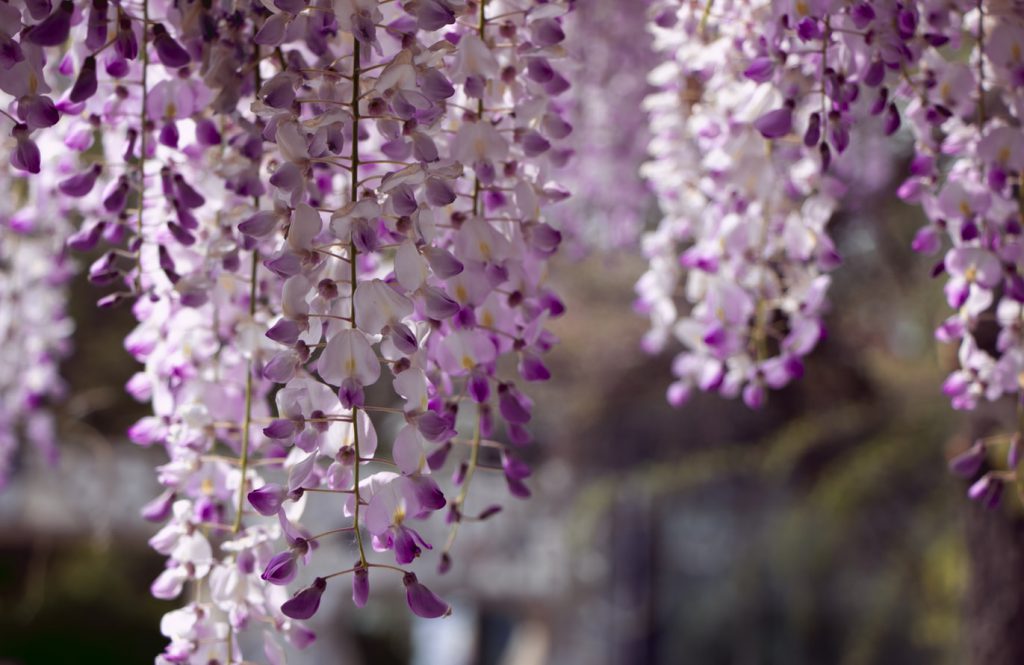
However, purple became fashionable during the Edo period. Common people were forbidden to wear vivid colors, so the outside of their outfit would often be brown, but they would bend the rule by using colorful linings. At the time, kabuki actors were fashion leaders. Danjuro Ichikawa, a superstar of the time, wore a purple headband in the best selling playthe Flower of Edo, and the color became highly fashionable among Edo citizens.
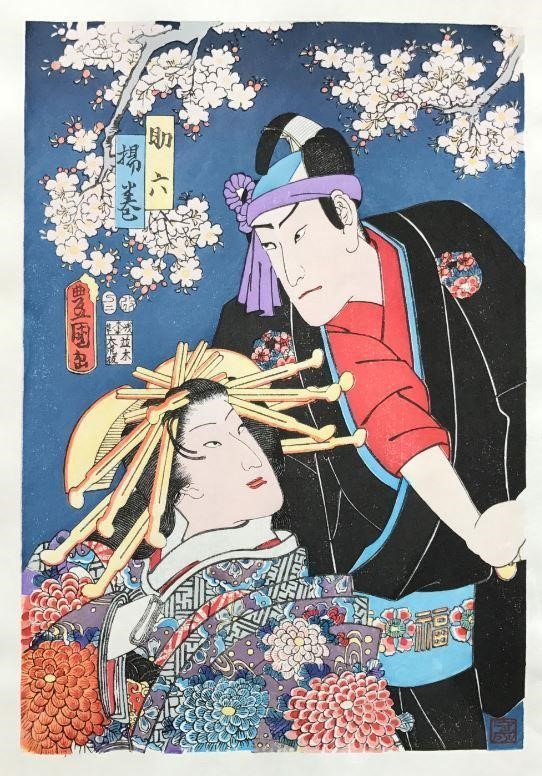
Red is for Protection and Power
Red is called aka (赤) in Japanese.
The history of red in Japan traces back to ancient times. The country's oldest earthenware and other woodenware made in the same era are painted with a lacquer called sekishitsu (a mixture of cinnabar and lacquer). In the old graveyards for those in power (calledkofun), pictures are painted with an Indian red made of iron oxide. This red was meant to protect the body of the man in power from evil.
The red that is common in Japan is the one on the Shinto shrine gates (calledtorii). This particular red is calledakani. Each shrine uses a slightly different red, but akani protects against rust because of the cinnabar mercury in it, and is meant as a protection from evil and disaster. The red is also believed to increase the power of the kami (the spirits worshipped in the Shinto religion).
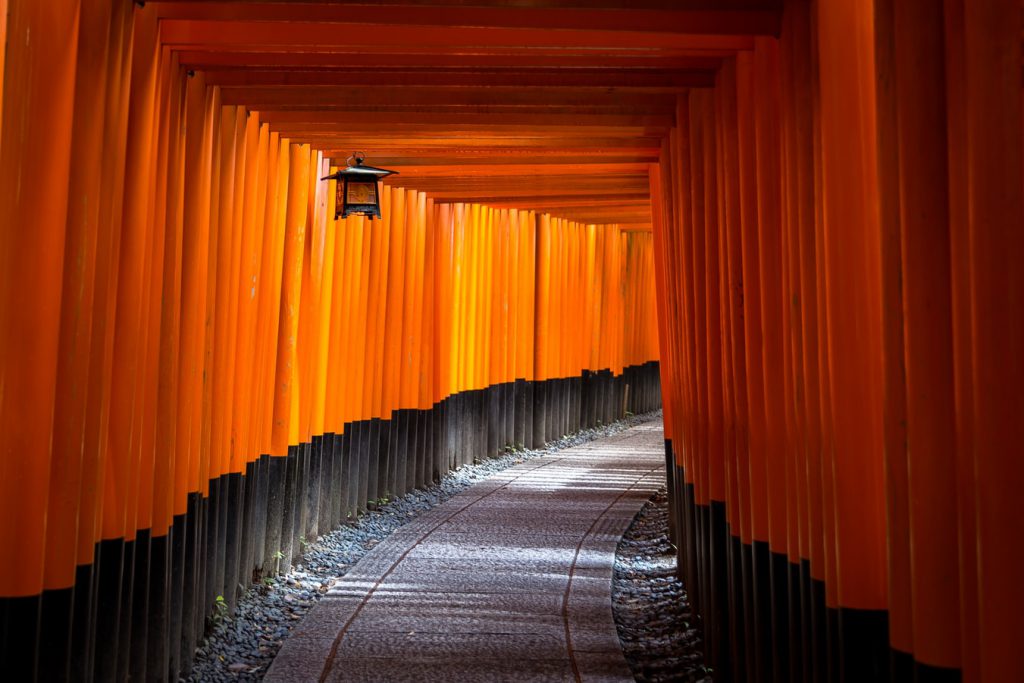
During the Japanese civil wars (1467-1568), red was loved by the samurai and worn as a symbol of strength and power in battle. Red was also used as makeup in Japan long before lipstick became popular. Noble women would use safflowers as a base for their lipsticks. This flower is still picked today to make more traditional lipstick and is said to protect the beauty of Japanese women.
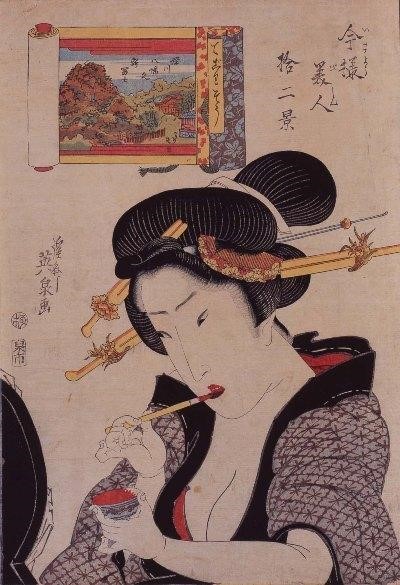
White Was Originally a Mourning Color
White is called shiro (白) in Japanese.
Since ancient times, as in many cultures, the color white has been a symbol of purity in Japanese culture. It was closely linked to the spiritual world. Even today, Shinto priests and their female helpers miko wear mostly white garments.

White used to be the color worn during funerals and mourning. The samurai would wear ritual white clothes when committing seppuku ( better known in the West under the name hara kiri). White clothes were not really worn on other occasions. It's only after the opening of the country during the Meiji period (1868-1912) that, under Western influence, the Japanese started wearing white clothes in everyday life, and the mourning color switched to black.
Women Used to Dye Their Teeth Black
Black is called kuro (黒) in Japanese.
Surprisingly, the oldest use of the color black in Japanese culture was tattoos. In ancient times, Japanese people would be tattooed, especially fishermen, who would get wide birds or fishes tattooed to protect themselves from evil. From the Nara period, tattoos would be used to mark criminals as a punishment, and since then tattoos suffer from a bad image, being used mainly by Japanese gangsters. However, in some parts of Japan fishermen still wear tattoos nowadays.
Black was also the opposite of the color purple: in the twelve level traditional rank system, the color black was for the last two bottom ranks. However, thesamurailoved the color black on their armors, as long as it was a lacquerware-like black offering beautiful reflects!
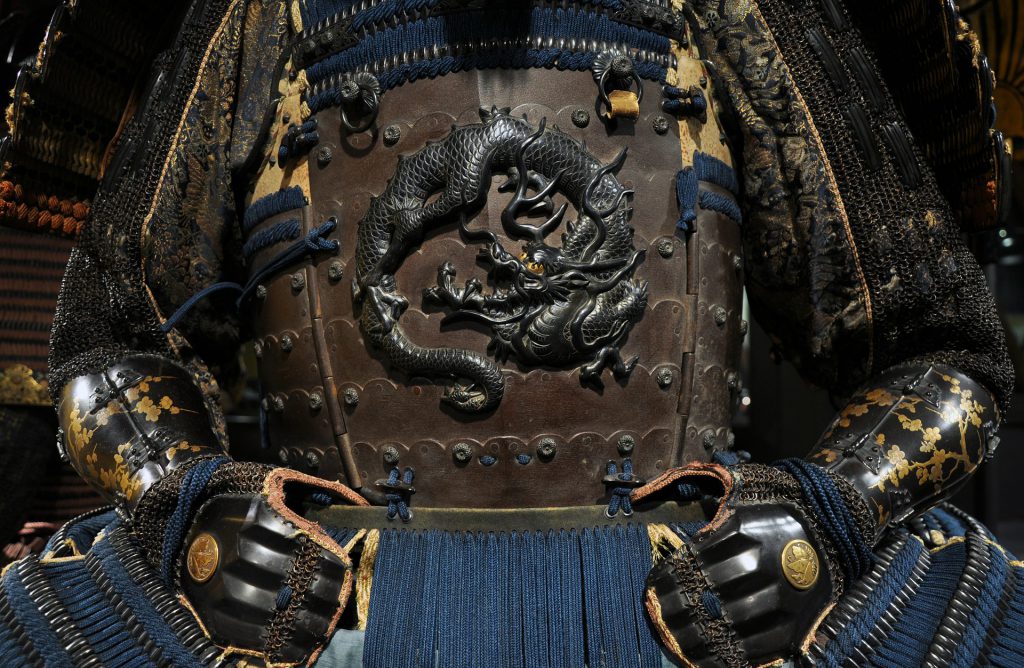
Black was also used for makeup since ancient times. It was used to paint eyebrows as in many other countries, but Japan also had an unusual custom called o-haguro: dying your teeth black. Pitch black was considered a beautiful color, and until the end of the Meiji period (1868-1912) Japanese women (and some men) would dye their teeth black with dissolved iron and vinegar. The mixture also actually prevented tooth decay. Almost nobody does this today, except some geisha for special occasions and some people in the countryside during funerals.
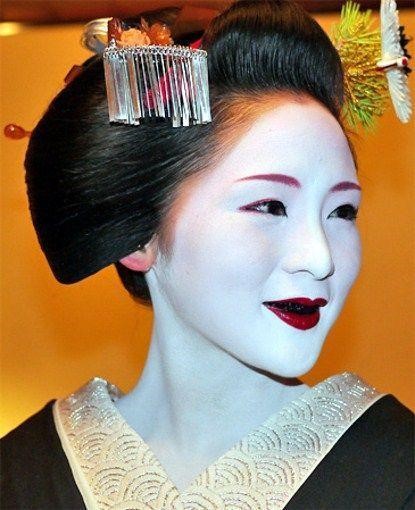
Black is also an important color in Japanese arts, through calligraphy, of course, but especially throughsumi-e,literally "ink painting," in which the painter only uses the different shades of color black with black ink to make beautiful paintings.
Have you Ever Heard of Japan Blue?

Indigo, also called Japan blue, is called Ai (藍) in Japanese.
When foreigners were allowed to enter Japan during the Meiji period (1868-1912),they were so astonished at the fact that indigo blue was everywhere in Japanese towns that they called it "Japan blue" Kimono, bedding, hand towels, noren–Japanese people would use it for everything.
Indigo is a natural dye made of fermented leaves of the indigo plant mixed with water. At first it was used by aristocrats, but in the Edo period (1603-1868), all sorts of people from common folk to samurai wore dyed clothes. Indigo-dyed clothes were not only fashionable, but they also had three additional benefits: the fiber becomes stronger after indigo dying, it has an insect repelling effect, and it has a UV protective effect. Nowadays this color is still used in a lot of Japanese items, even blue jeans.
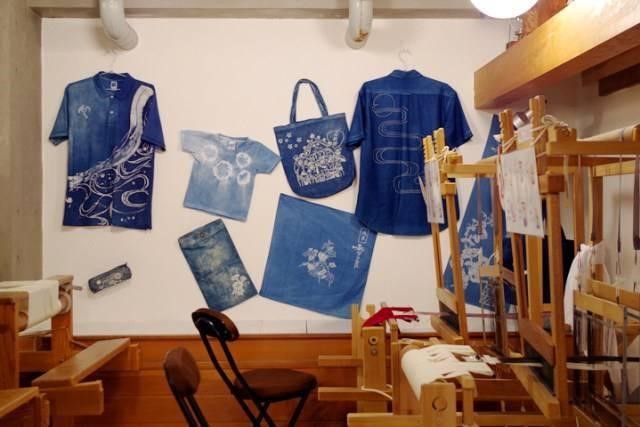
As you can see, colors and their cultural meanings are far from being fixed but may vary depending on the culture and time period as well. Even if it's not always conscious, these old meanings of colors still shape the Japanese aesthetics nowadays. Keeping them in mind can help appreciate the Japanese design and architecture even more!
If you like what we do, you can support us by buying us a coffee (or rather, green tea). We would be grateful for your contribution!
Your donations will help us invest in our writers, technology, and more, so that we can bring you stories from the farthest reaches of Japan.
What Is the Japanese Word for Evil
Source: https://kokoro-jp.com/culture/298/